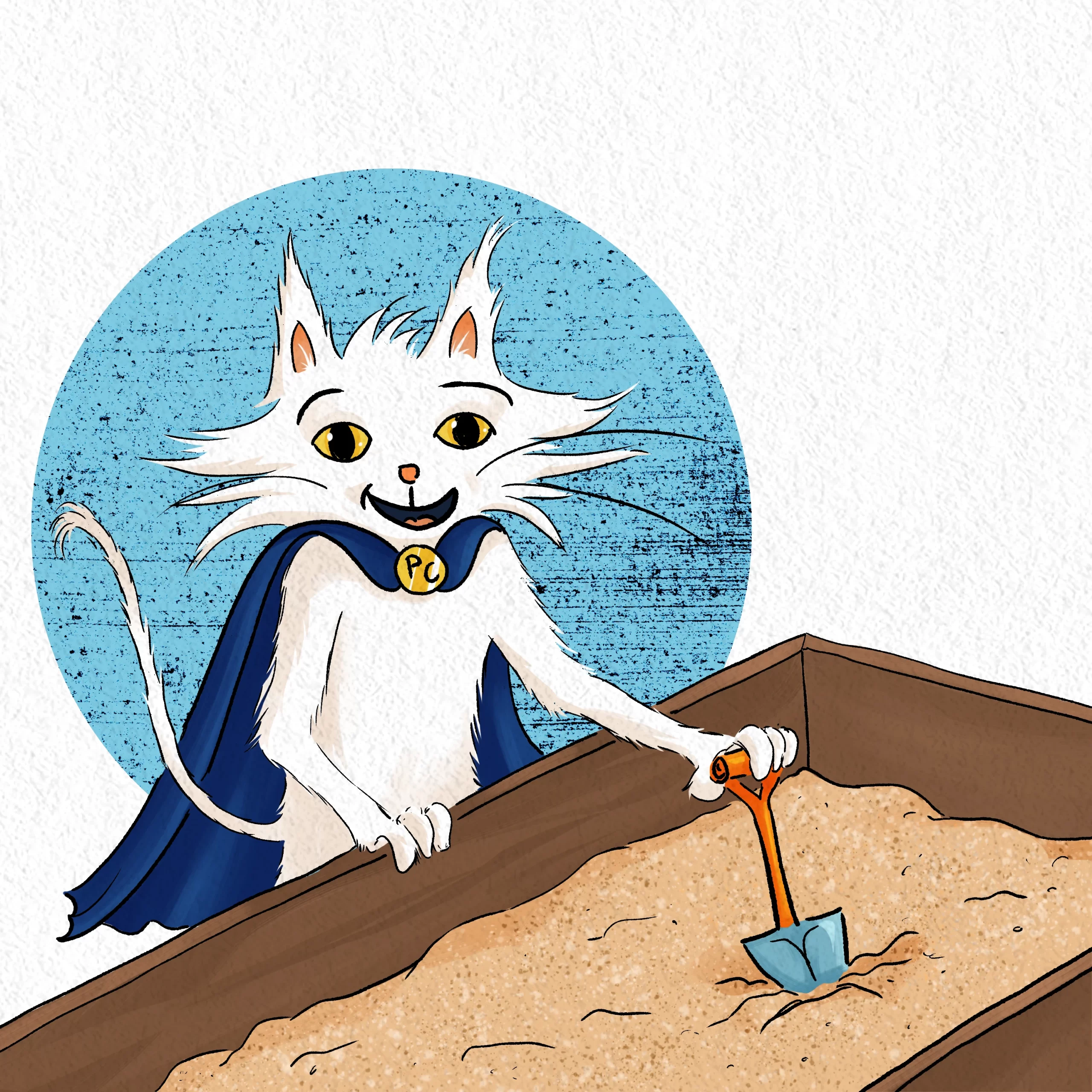
Yes, it’s something that can be awkward to talk about… but we all have people we naturally do and don’t connect with. Or people we would or wouldn’t choose to spend time with. This is true in all arenas, from romantic partners to family members to coworkers to members of your children’s parent-teacher association. And in some situations, like dating or friendships, the logical choice is to simply choose to hang out with people who really are our “favorites.”
But things are different in a work setting.
In fact, as we’ve covered previously at Zattatat and as you’ve probably experienced in your own life, businesses and other organizations often are most successful when they include a variety of people who have different perspectives. Breaking the fourth wall here, I (MG) do have to admit that some of the most productive working relationships I’ve had were with people I could barely stand! I do credit some of my previous bosses as well as school teachers for being able to put together good teams even knowing that there would be some conflict.
So, as small business owners or as managers, we usually should seek to work with people that we might not choose to hang out with on the weekends – especially as our teams get larger. And though we might embrace that, there is a major stumbling block we need to be aware of:
Displaying favoritism in the workplace
It’s true: as explained in a recent article in Harvard Business Review, employees’ or subordinates’ perception of favoritism can be extremely detrimental to the healthy, functional team atmosphere that you’re trying to create.

Would YOU give your best work to Process Cat if you felt he was unfairly favoring your coworker?
Well, according to Toegel and Barsoux, most people wouldn’t and don’t.
Their research found that employees pay close attention to how they are treated relative to their coworkers, and that employees who feel that they are not in the “favoritism” group will not only put in less effort and underperform, but also badmouth their employers or managers behind their backs, and in some cases even quit their jobs looking for more acceptance, even if it means a step back in pay or prestige!

Luckily, there are things we can do to avoid alienating employees (or contractors or subordinates or vendors or whoever you work with), whether they’re people you personally want to socialize with or not.
Ways to re-engage
- Go out of your way to spend time with the person. Seems obvious in writing, but often our natural inclination can be to do the opposite.
- Actively seek out opinions and suggestions from the person in their areas of expertise. (These being, after all, probably the reasons you decided to work with them in the first place!) So this has some obvious functional benefit but also has the social benefit of demonstrating to the person that they are a valued member of your organization.
- Help the person with their career growth: ask them what skills they are interested in developing/demonstrating, and look for opportunities where they can do that in ways that will also benefit your business.
- Sounds obvious, but try again to build rapport in the usual ways: ask about their family, hobbies, travel, where they’ve lived, etc, and look for areas of commonality.

Weekly Challenge
Take a look around your employees, contractors, suppliers, and anyone else you work with. Are there some people that you’ve been ignoring a little bit? Displaying favoritism against, even if unintentionally? If so, try some of the suggested strategies for rebuilding those relationships….
…and if not, try some of these strategies anyway, because they’re good advice even for maintaining work relationships that are already pretty solid 🙂



